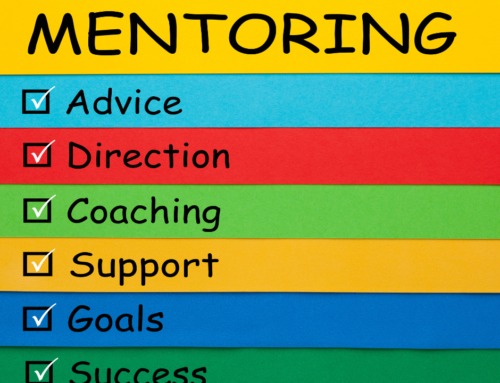Dealing with a Frustrated Customer or Client
Let’s recall that a frustrated customer has experienced some type of resistance to an intended objective and their response is often negative and emotional.
In some way, either through poor service, an ineffective product, or products wrongly described, customer satisfaction has not been met.
Now, you have someone who is annoyed, disappointed, or angry.
But there is hope.
Disappointment Wants to Be Heard
One thing all frustrated clients have in common is wanting to be heard, to have their situation understood, and most importantly: to be helped.
Back with Dad This Summer
I recently took a weeklong trip back to the UK to spend time with my 97-year-old father and the one-on-one time that I had with dad was priceless.
However, I had to remind myself of my own advice to others, since there were several times when I found myself on the end of some pretty awful customer service moments.
Fortunately, I also had moments of outstanding service.
So, with the recent experiences still ringing in my head, what follows are additional tips on how to effectively handle frustrated clients.
Respond with authenticity
Responding to a client’s frustration with authenticity is likely the most important first step toward reaching a resolution. And this first step begins with taking the time to understand the situation. In so doing, you are not only validating the client’s feelings but also collecting the necessary information for you to effectively address what has gone wrong.
One thing to avoid is a scripted answer.
Don’t sound like a voicemail to an already frustrated customer. Although alluded to in part one of Dealing with a Frustrated Client, it bears repeating: half-hearted apologies do nothing to help the situation.
Put yourself in the client’s shoes and try your best to speak from the heart. Be as positive as you can be. You do not want to come across as managing the client;
You want to be seen and heard as someone who is looking for ways to help them with their problem.
Some simple ways to convey authenticity are: being empathetic, communicating in a clear, understandable way, and using an appropriate (kind, understanding) tone.
Show you want to solve the problem of a frustrated customer
Show the client you want to address their concern and want to solve the problem. Often, these kinds of initially negative, unpleasant experiences have positive outcomes. A positive outcome is normally the result of a well-handled beginning. This responsibility, like it or not, is with you.
So, how does a de-escalating situation with a frustrated customer begin?
- First, with us making it clear that we understand—or want to understand—the client’s frustration and that we are genuinely sorry for the experience they have encountered.
- Second—the next step involves you taking ownership and showing the client that you are focused on finding a solution. It’s not only part of your job, but you also want to be showing that it is a job (finding a solution for the client) that you want to do!
- Third – Resolve all of the things that you can and do this quickly and at once. A few minor and quick wins will have the client trusting your ability to help. And it will also most certainly defuse their frustration and move things in a positive direction—and ultimately, a resolution!
Remain Objective but Positive
Objectivity cannot be understated, and neither can positivity. We can sometimes too easily mirror a frustrated client’s tone—especially on the phone. This is the first thing to avoid.
Another aim should be to add personal touches to the interaction when possible. This could include using the customer’s name once in a while as well as repeating what they have said in a way that confirms understanding and a willingness to find a resolution.
Being positive, and showing we care and are after the same resolution as the frustrated client goes a long way in diffusing a situation and bringing it to the next positive level.
Avoid Making A Bad Situation Worse.
Be realistic and honest about what you can offer.
Don’t stretch the truth beyond what is actually possible and if the matter is more complex than you have the ability to fix, make this known with courtesy as well as being apologetic.
If the problem is larger than your ability to resolve it, and you cannot come to a meaningful resolution to the matter on the spot, then it’s best to avoid placing the client on a lengthy hold or making them wait.
Ask for a call-back number and guarantee that you or a superior will follow up as soon as possible.
Do What You Promise
It goes without saying that it is of utmost importance that you actually follow through with this; otherwise, you’ve turned a likely manageable situation into an even more challenging one for both the client and your organization or company.
Basically, you are acknowledging, apologizing, and finding a solution.
Put yourself in the shoes of the frustrated customer.
How would you want to be treated if you were on the other end of the call or experience?
At all costs, avoid the client having to go through a similar rigmarole in the future.
This is guaranteed to serve nobody.
I am heading back to the UK in August. I will let you know how it goes!






